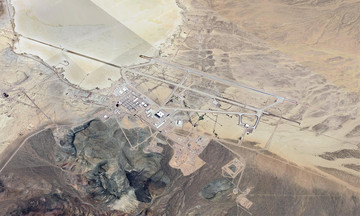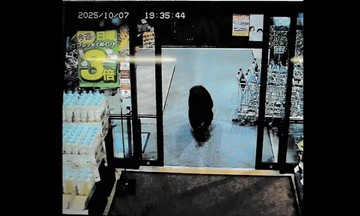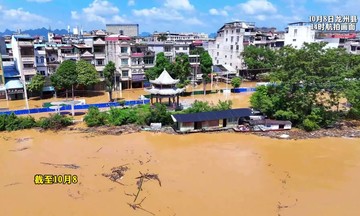On the morning of 24/9, the Fullerton Ocean Park Hotel, a waterfront property in Hong Kong, experienced the raw power of super typhoon Ragasa as surging waves crashed through its doors. The storm, which swept across China's eastern coast, caused significant damage and disruption throughout the city.
Videos circulating on social media showed the moment the reinforced glass doors of the hotel gave way under the force of the waves. Water flooded the lobby, carrying debris. A man was briefly seen being swept into the lobby by the powerful current before disappearing from view.
As Ragasa approached, Hong Kong issued a signal 9 typhoon warning in the early hours of 24/9, quickly escalating it to signal 10, the highest level in the region’s warning system. Between 6 a.m. and 9 a.m., the typhoon’s eye passed approximately 62 miles south of Hong Kong, bringing hurricane-force winds to coastal and elevated areas.
The Hong Kong Observatory warned of continued torrential rain, strong winds, and high waves, which posed a risk of widespread flooding. Residents were urged to remain indoors or in designated shelters and to stay away from the coastline. By 8 a.m., 49 emergency shelters had accommodated approximately 747 people.
Transportation and daily life in Hong Kong were severely disrupted. Around 600 flights were canceled on 23/9, and air cargo operations were also limited on 24/9. Schools were closed for two consecutive days.
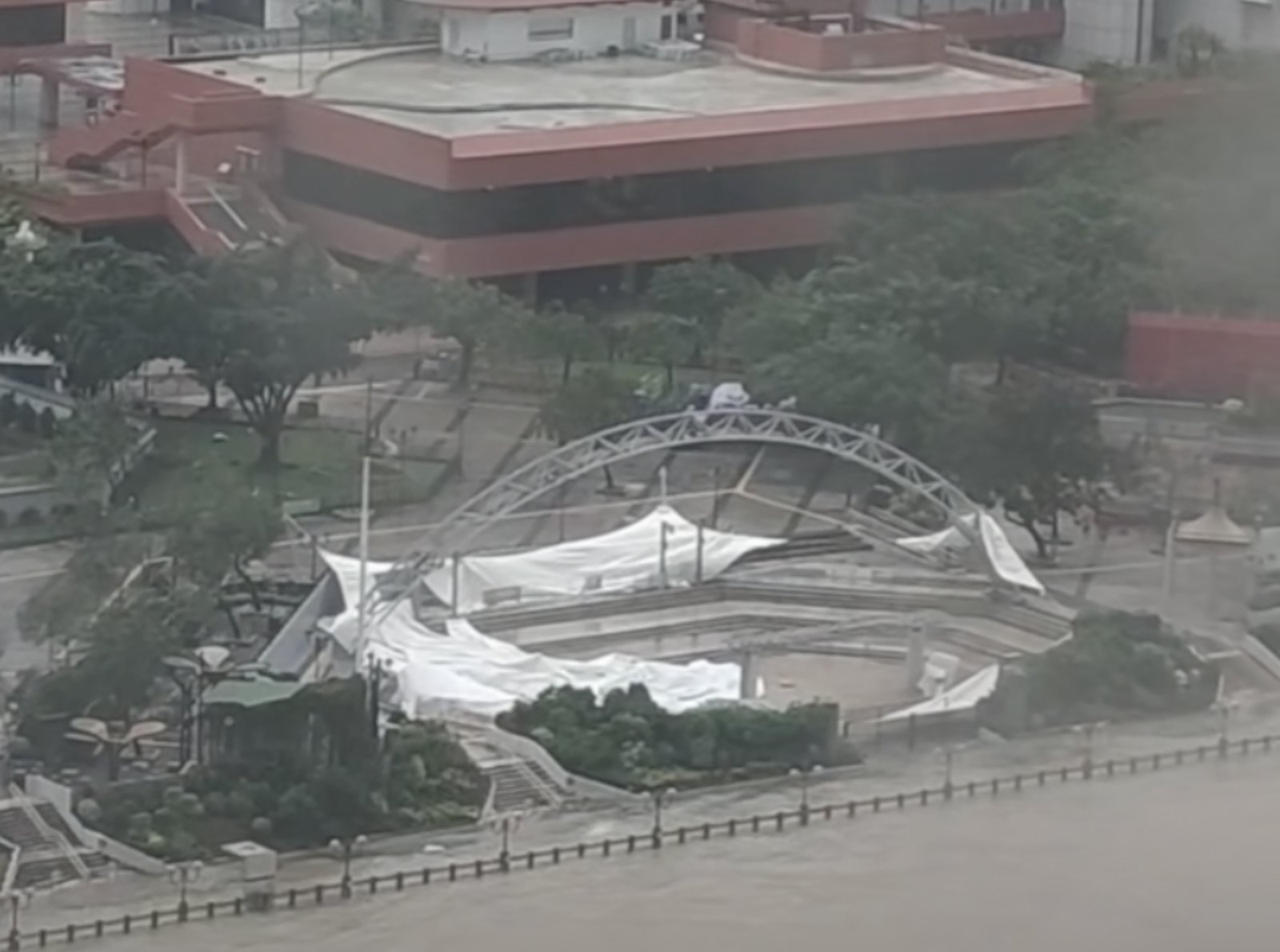 |
An outdoor stage at Sha Tin Park, Hong Kong, destroyed by typhoon Ragasa. Photo: DDHK |
Authorities received reports of over 200 uprooted trees, one landslide, and at least six flooded areas. Hong Kong’s health authorities reported 19 injuries during the storm.
Low-lying areas experienced significant flooding. The Shing Mun River in Sha Tin overflowed its banks, submerging the riverside walkway. At 9:35 a.m., the water level at Tai Po Kau reached 3.74 meters, close to the record 3.77 meters set during typhoon Hagupit in 2008. The combination of high waves and strong winds caused considerable damage to homes, roofs, and property.
In Sai Kung district, waves reached heights of 4 meters, surging over seawalls and flooding sidewalks and parks. Images shared by residents showed a park, opened in July, submerged in water, effectively becoming a “giant swimming pool.” A 20-meter-tall tree fell onto a house in the early morning, damaging windows and water pipes. Firefighters worked through the night to remove the tree and ensure the residents' safety.
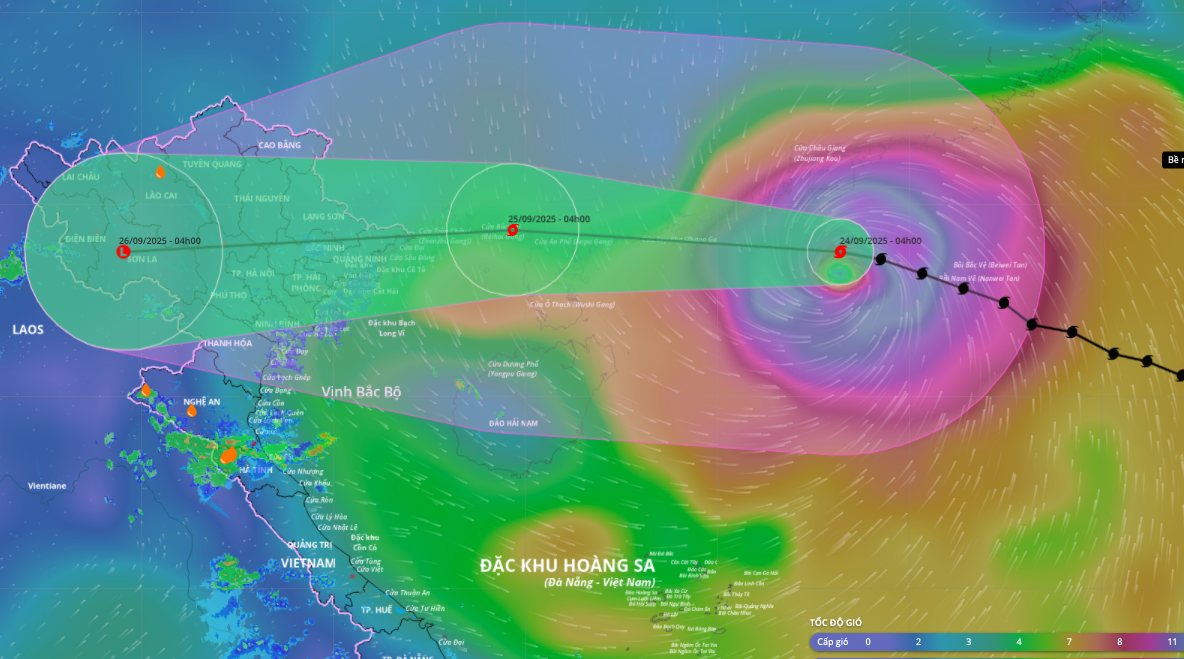 |
Projected path and area of influence of super typhoon Ragasa, morning of 24/9. Photo: Disaster Monitoring System |
By 10 a.m., Ragasa had moved further away, approximately 87 miles southwest of Hong Kong, but it maintained sustained winds of 121 mph.
The Hong Kong Observatory maintained the signal 10 typhoon warning, stating that Ragasa's large circulation could still generate strong gusts and high waves. Residents were advised to remain vigilant and stay indoors until authorities declared it safe.
Thanh Danh (SCMP, DDHK, Reuters)





